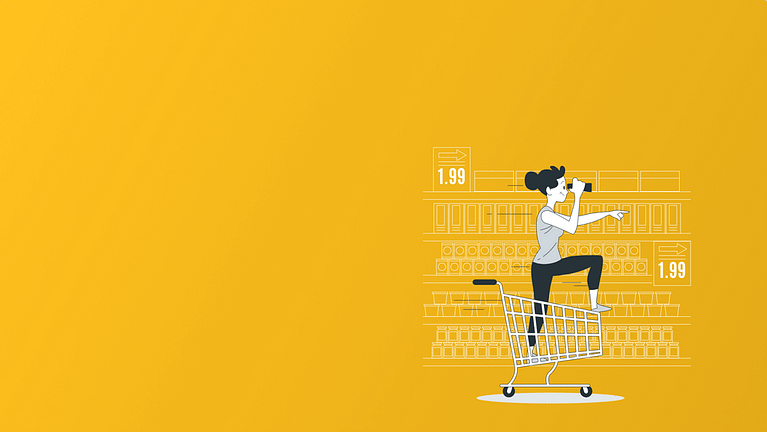A Delivery-Focused Marketplace
Enhanced with Uber Eats Capabilities

In 2020, we’ve got a request to develop a delivery dashboard having Multi-Vendor as the basis but acting as a distribution hub for vendors like Uber Eats does. The project founders were looking for software that could successfully combine the functionality of different retailers’ sites into one cohesive platform. They chose Multi-Vendor as the most close-to-concept framework to rework it and implement the main idea. It had to become an order coordination system, a link between retailer and supplier providing a handy dashboard to both of them.
By its concept, the marketplace is a hub connecting suppliers and retailers who do not directly interact with each other. The profit is the margin the administrator takes for connecting them. Orders are received, aggregated and redirected to the delivery service.
In order to impose all the requirements on the platform and combine all the functionality together, we offered to begin with the marketplace architecture design stage: we analyzed the user requirements, clarified the details, and imposed everything on the platform. Then we drew up a document describing all the modifications. After that, the project coordinators from the client side took a break for six months to receive funds from investors.
We are currently working on the project as a dedicated team. We cannot reveal the name of our customer and we omitted some details. But the work done is worth describing.
Challenges
Create order management system
Develop a mobile app
Introduce smart delivery with delivery cycles
Implementing the project
Here we’ll tell you how we customized the project to improve its efficiency and functionality.
Order management system
The developed marketplace is responsible for all logistics. The workflow is as follows:
- The end user enters the retailer’s website and adds a product to the cart (grocery or any other goods).
- Once an order is placed, it goes to vendor stores for collecting.
For example, a user ordered a cake and an iPhone. The order for the cake will go to the vendor, say American Wheels, and the order for the iPhone will go to the vendor Apple. The marketplace has its own fleet and sends cars to each vendor in order to pick up items and take them to the retailer’s hub.
Smart delivery
Order management flow is good but all the essential part of our modifications lies within the backend. It is the core of the logistic system. After an order is collected, the system builds a plan for drivers considering the delivery slots of retailers.
In addition to the order data, the smart delivery system can gather information about availability of vehicles, internal inventory, package size, picking point distance, etc. It processes the collected data to output a plan for drivers taking into account all the input data. As a result, packages are delivered with high accuracy and in time to the specified picking centers.
Once an order is registered in the system, a corresponding merchant already knows it and is ready to print out a label to stick it on the pack.
Delivery cycles
Orders arrive at different times. For example, an order placed in the morning (from 10 to 14) is delivered on the same day (from 16 to 19). Orders placed after 19:00 are delivered the next day. The system knows and considers this when building delivery plans.
Mobile app
For this project, mobility is the key. That is why we developed a mobile app. Drivers can check up their plans on the go right from their smartphones. They see a map with the closest route to the picking hub.The label printed by the merchant can be scanned on the picking point by the driver using the app. Once the driver arrives at the designation point, the system informs about the place (a cell) to put the parcel.
Results
A mobile-first marketplace with orchestrated delivery, handy options for drivers and retailers, and an accurate order management system.


